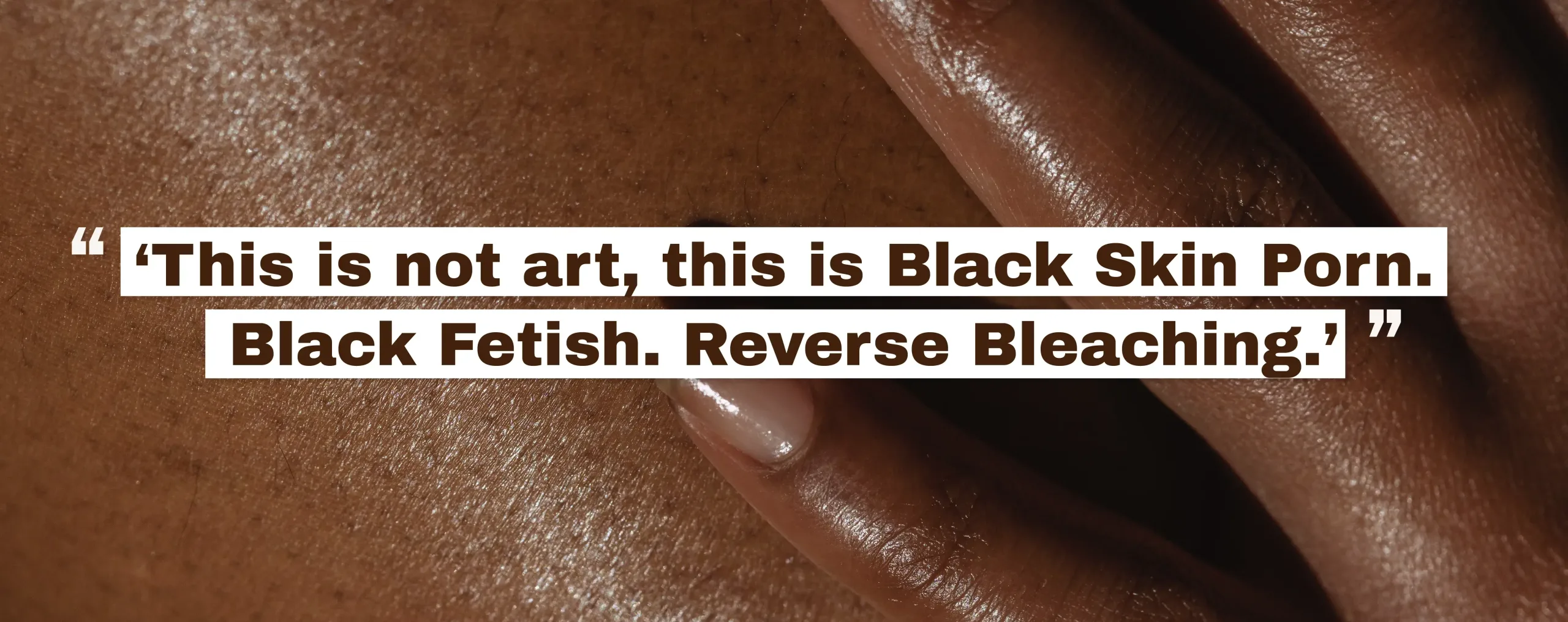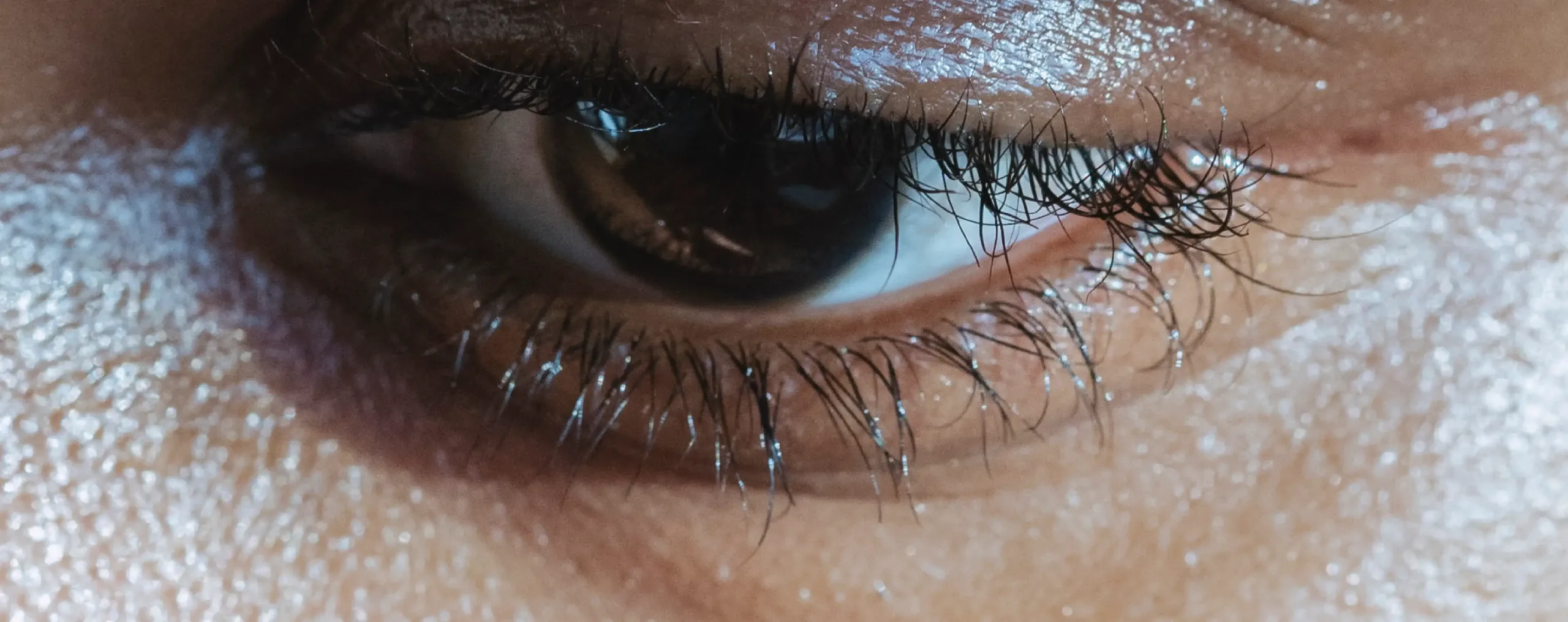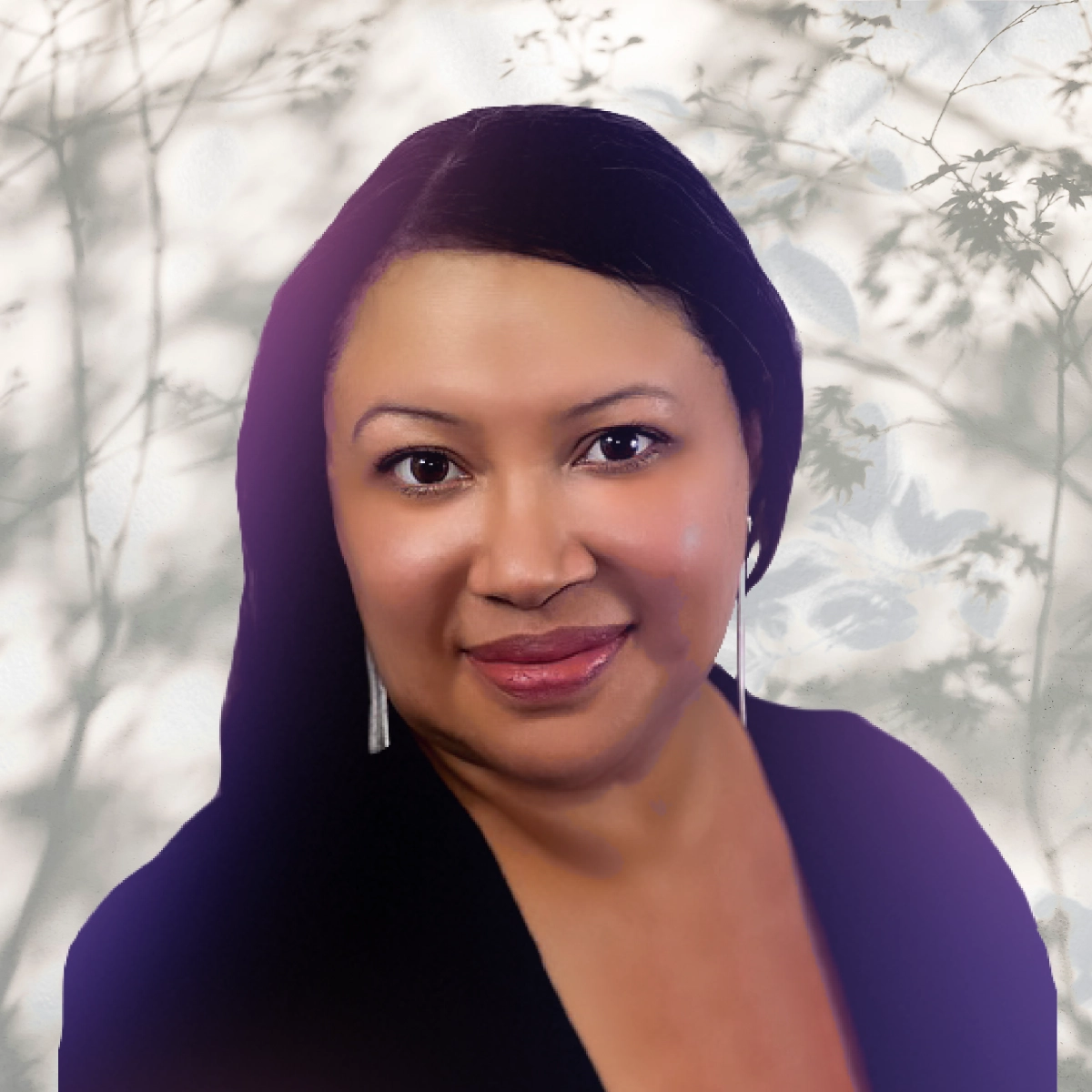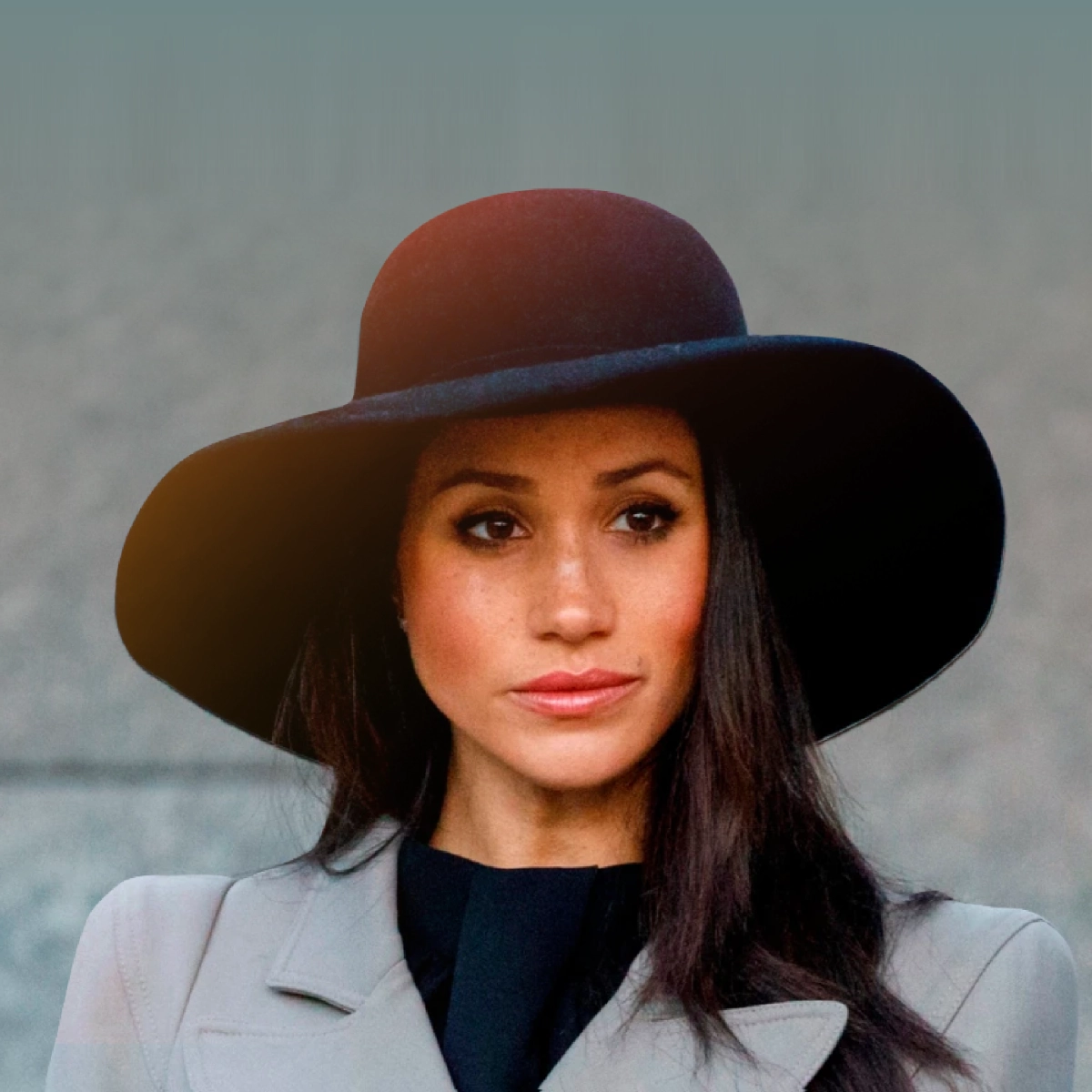In an empty dark room, a dark-skinned hand flicks the power switch on a reel-to-reel player, and we begin to hear it roll and project. As it hums, Lebron James sits in the empty room watching clips of his Akron, Ohio childhood on a 16mm reel from a large screen. He says, “We’re all made of different things. Ridges that make us who we are.” Then, a cut to brightly lit shots of multiracial people faced with obstacles: a blind person approaching a skate ramp, an olive-toned tattooed woman walking into an all-male barbershop, a single Black father coming home to chaos, and an incarcerated Latinx man receiving a simple lunch. James continues to narrate, “We can keep them hidden away. We can let them defeat us.
Or we can embrace them.” Kendrick Lamar’s “D.N.A” echoes as we cut back to the people. Suddenly, the bass drops, and we see the blind person dive down the half-pipe with his sight stick in hand. The woman is actually a skilled barber, buzzing a fade on her client. The now formerly incarcerated man is serving tacos out of his own food truck, and the single father joyfully watches his son perform modern dance in their living room. James ends the journey with, “Own what makes you, you. And show the world what you can do.”
It is a surprise to learn this empowering one minute is a commercial for Ruffles Potato Chips. Released on Christmas Day of 2021, what makes this ad worthy is the sheer representation of the many cultures in America. The product advertised is a bag of chips, but the commercial’s messaging goes above and beyond. Viewers can compare their individualities akin to the ridges of a chip. Ultimately, this leaves those who identify with the ad feeling seen.

Still riding on the same feel-good wave of relatability, fast forward to February of 2022, to a platform where social reform and journalism are the gold standard: British Vogue. We see a real celebration of Black beauty with a tableau of nine striking African models in the February issue, wearing black clothing in front of a brown background. Shifting away from the Eurocentric lens of brightness and whiteness, African representation in the campaign showcases models from Senegal, Rwanda, South Sudan, Nigeria, and Ethiopia. As their glossed skin reflects against the studio lighting, the models wear Prada, Louis Vuitton, Burberry, Saint Laurent, and Balenciaga in true Vogue fashion.
According to the campaign photographer Rafael Pavarotti, “This is a celebration of women, of matriarchy and of the beauty of Black women. They are the past, the present, and the future.” Aesthetically, this appears to be represented by the extremities of the campaign’s content, from the intense darkening of skin tones to the majestically styled Diana-Ross-inspired wigs styled by Virginie Moreira. The use of these motifs were historical references to decades of exclusionary lighting in photography and the coiffed wigs of the 1960s that meant to assimilate Black women’s hair to that of a white woman’s.
We all know where the proverbial path of good intention leads us. However, the campaign was far from relatable, and Vogue’s efforts to reform beauty standards were deemed minimal. One of the most highly retweeted public responses to the campaign came from South Sudanese social commentator Akau Jambo: “This is not art, this is Black Skin Porn. Black Fetish. Reverse Bleaching.”
British Vogue’s editor-in-chief Edward Enniful described the campaign’s inspiration saying, “These girls are redefining what it is to be a fashion model.” Keeping the fashion industry–and not its influential readers–as the primary focus for exponential change, he states, “You know, fashion tends to follow waves. We’ve had the Brazilian wave. We had the Dutch wave, the Russian wave, the Eastern European wave…And while, in the last decade, the Black model has come to prominence, I love that we are finally giving more space to African beauty.” That mark was completely missed as one reader wrote in the comment section, “All those amazing models represented (finally) and yet, not one wearing natural hair, really?”
Seeing this stylized campaign as a form of manipulation, what leaves viewers abandoned most is the projection of a false narrative. The portrayal of exceptional beauty as thin and tall continues fashion’s unrealistic beauty standards. This vision perpetuates body shame, leaving many of the Black community who’ve celebrated their curves unspoken for. With the extreme darkening of skin intended to express Black beauty, there is an even deeper perpetuation of colorism: the aesthetic would remain unchanged if the models were white.

The selection of designers was preferential to marketability over relatability. Skin color was a mere style choice: not saying much about actual blackness but rather hyperbolizing it. An execution similar to styling a quilted Chanel Lambskin is applied in editing the models’ skin. Perhaps if Vogue’s editorial team didn’t resort to the unsurprising lineup of Prada and Saint Laurent, and curated Black haute couture designers, the impact would have resonated more with the Black community. The campaign could have been a better hit if they featured the late Virgil Abloh or the Liberian-American designer Telfar Clemens–or even pushed the creative envelope by collaborating with Black visual artists like Nick Cave.
However, this media faux pas is no hurdle to the Black fashion community. Beyond the temporary relevance of a magazine cover, other, less talked about moves in the fashion industry have paved the way for Black beauty with more relatability and inclusion of Black culture. To name a few, rather than the typical skinny model, a strong curvaceous Serena Williams recently walked the runway at New York Fashion Week in honor of Virgil Abloh. Rather than significantly darkened skin tones, unapologetic blackness is celebrated with color and curves in Rihanna’s newly launched lingerie line Savage X Fenty. Colorism is addressed finally at this year’s New York Fashion Week at the UPS and In the Blk show with a newly implemented inclusion rider, requiring a certain level of diversity in casting and production staff. With so many other great things on the horizon for Black beauty, the February cover of British Vogue can be seen simply as a missed opportunity.





